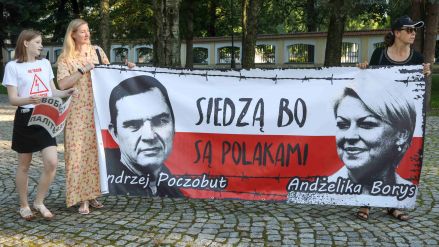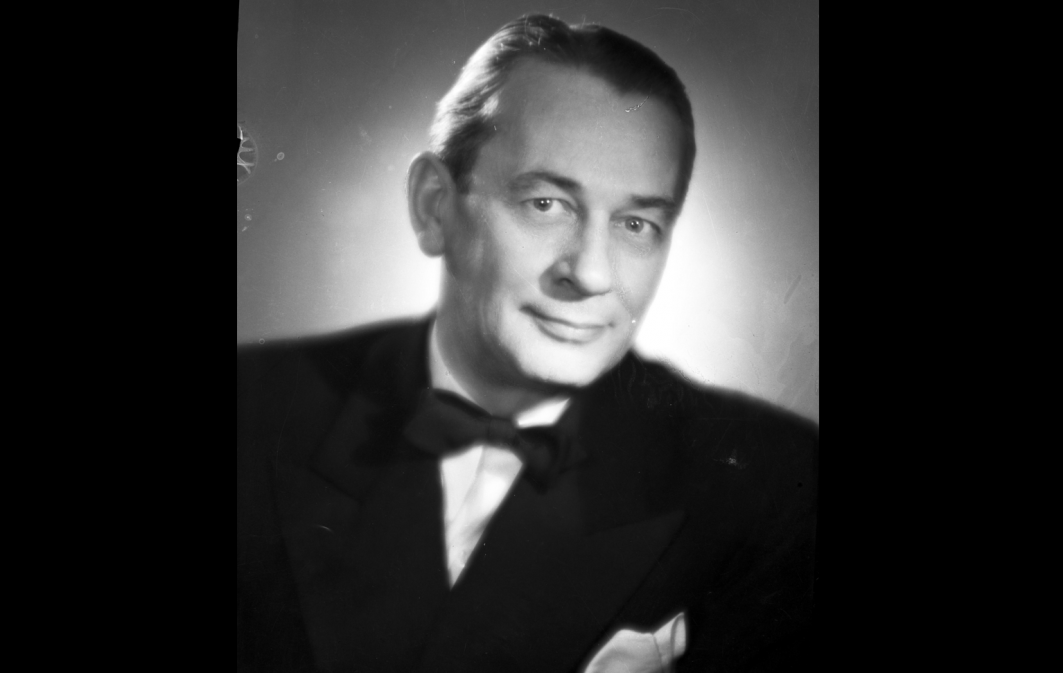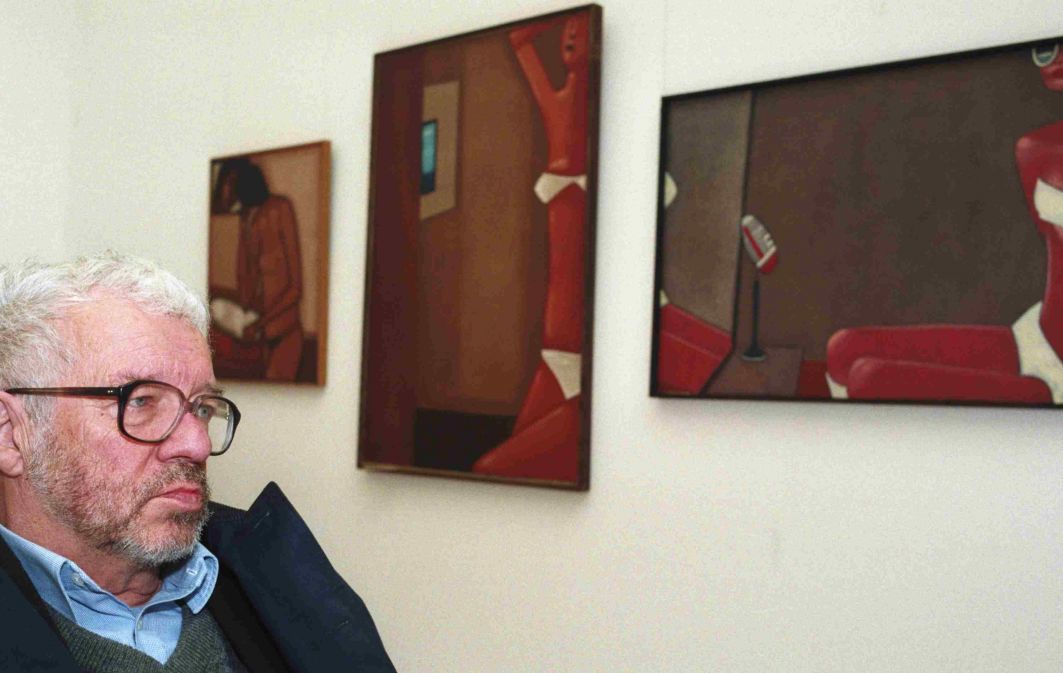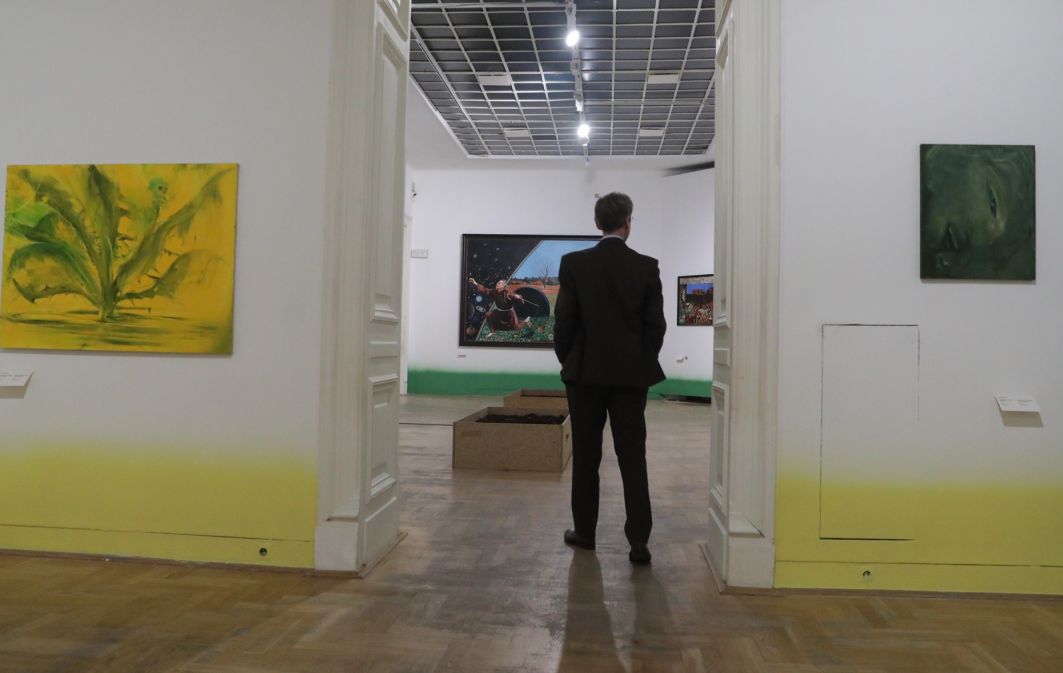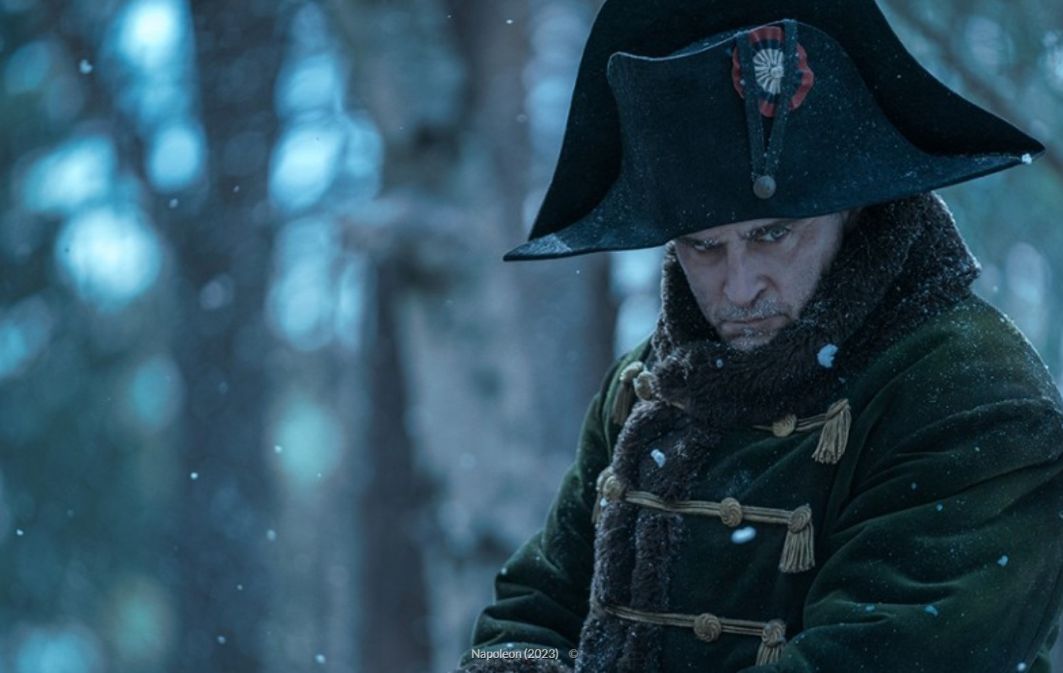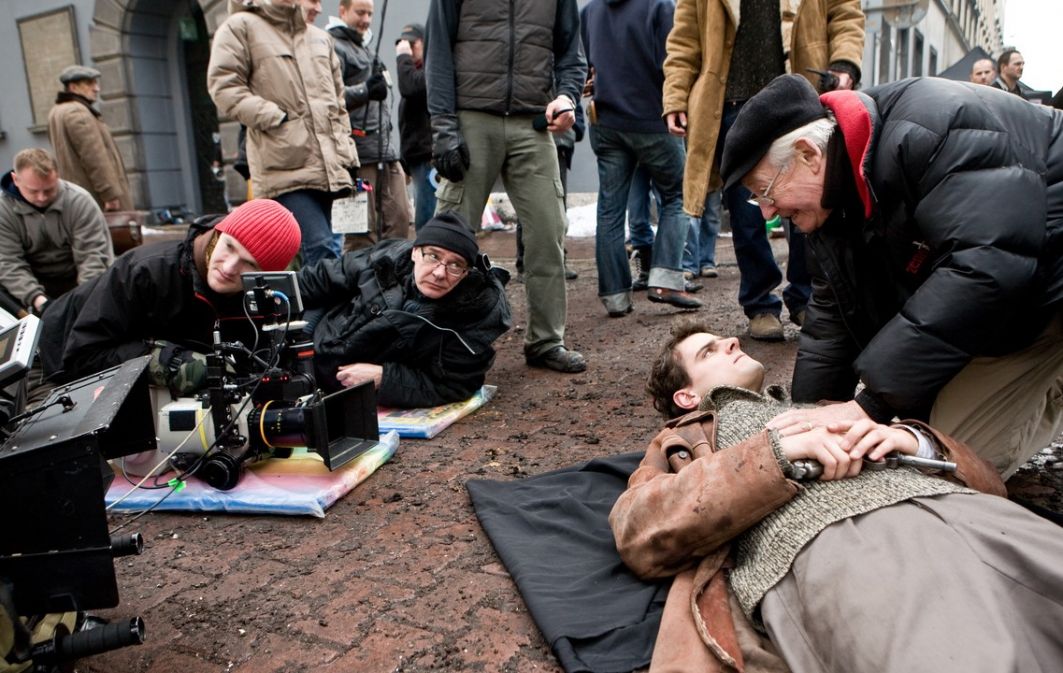Of the artist's works, the work 'Picture of Freedom' is particularly impressive. It is, incidentally, also part of a performance that Ales Pushkin carried out annually in his home village in the Minsk region - Bobra. For many years, once a year, on 25 March (i.e., as already stated, on the anniversary of the establishment of the BRL), the artist set up an easel in the main square of this village and painted the 'Picture of Freedom'. This work was created in public only on this one day, precisely on the national holiday of Belarusians, and remained unfinished for a long time.
However, as Piotr Bernatowicz, director of the Centre for Contemporary Art - Ujazdowski Castle (CSW), tells TVP Weekly, Ales Pushkin's work was eventually completed, and in Poland. Its original is in the CSW. According to Bernatowicz, Pushkin's intention was for the work to return to Belarus. But as a condition for the work's return, the artist indicated the liberation of his country from Lukashenko's dictatorship.
'Picture of Freedom' is a dark vision of Belarus as nightmarish chaos. Here we see a multitude of tangled naked human bodies (a few of them, judging by their headgear, are bodies of state functionaries - Soviet or Lukashenko-era, it is difficult to determine). In addition, there are frightening figures associated with devils. There is also a devastated or even bombed-out tenement house. But there is no lack of hopeful elements. These include angel trumpets and the Belarusian independence colours, i.e. the red, white and white national colours.
Watching 'Picture of Freedom', the phrase by Cyprian Kamil Norwid, which became the motto of the monthly magazine 'Sztuka i Naród' (Art and Nation), comes to mind. This was a clandestine nationalist magazine published in Warsaw under the German occupation. Norwid's motto was: 'The artist is the organiser of the national imagination'. The work of Ales Pushkin remains an illustration of these words.
– Filip Memches
TVP WEEKLY. Editorial team and jornalists
– Translated by Tomasz Krzyżanowski
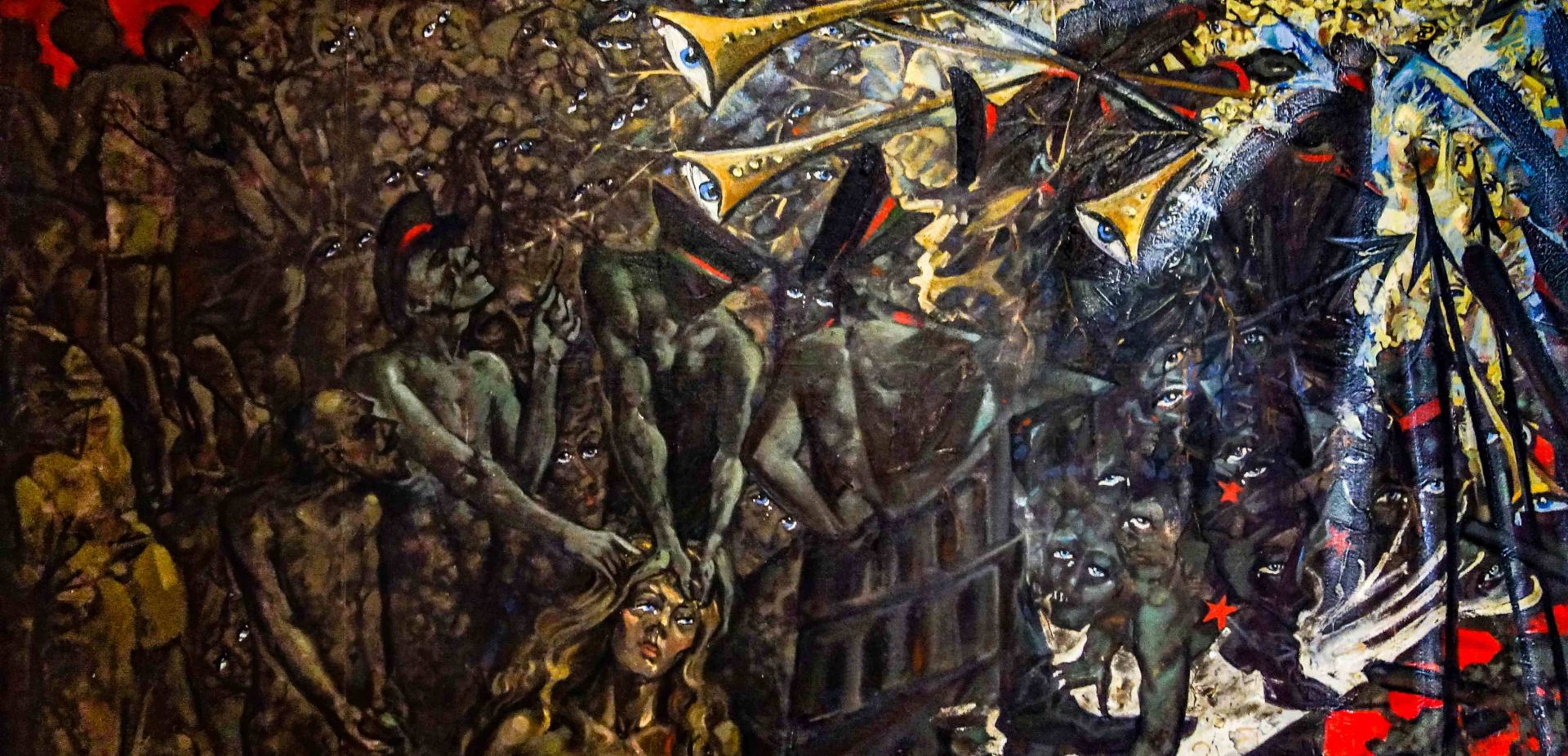
 SIGN UP TO OUR PAGE
SIGN UP TO OUR PAGE
 In the summer of 1944, the Germans in the territories they had occupied in Belarus ordered mobilisation. Zhychar was drafted into the Abwehr-organised "Dalwitz" landing battalion, where he received training to fight against the Red Army. But after the Second World War, when his homeland was fully incorporated into the USSR, he tried to conceal his past and joined the ranks of the Soviet army. Presumably he did so in order to survive, because he did not become a communist.
In the summer of 1944, the Germans in the territories they had occupied in Belarus ordered mobilisation. Zhychar was drafted into the Abwehr-organised "Dalwitz" landing battalion, where he received training to fight against the Red Army. But after the Second World War, when his homeland was fully incorporated into the USSR, he tried to conceal his past and joined the ranks of the Soviet army. Presumably he did so in order to survive, because he did not become a communist.
